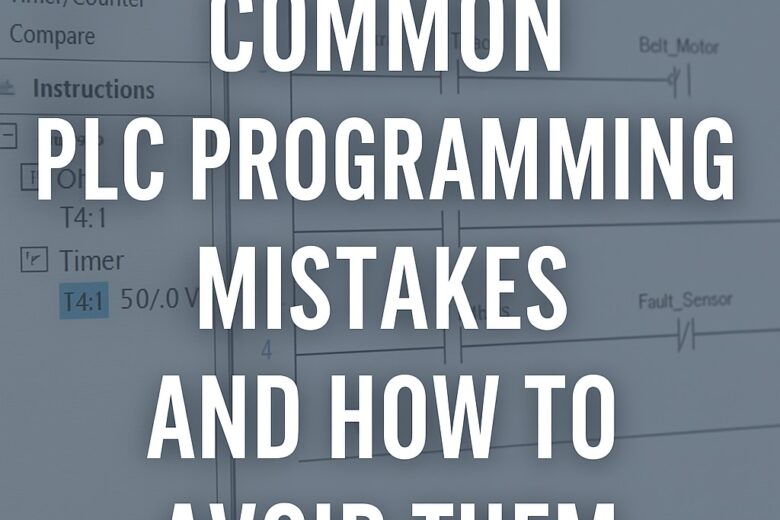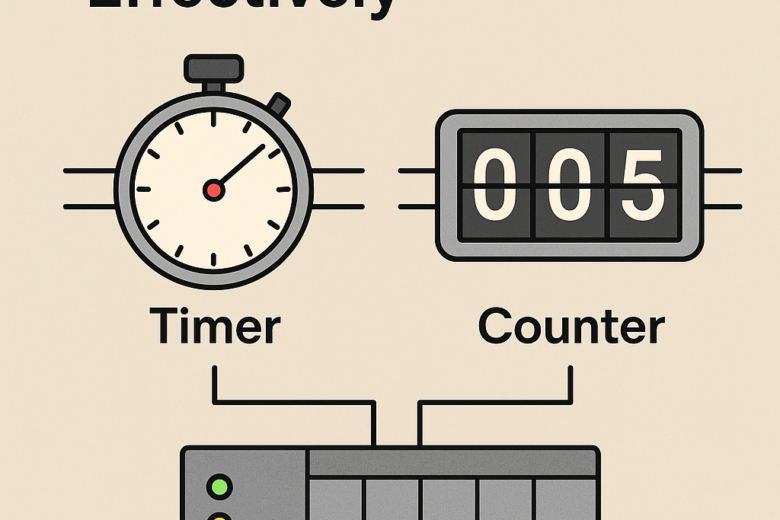Introduction: In the fast-evolving world of industrial automation, efficiency, modularity, and reusability are vital to building robust and scalable PLC programs. One of the most powerful tools at a programmer’s disposal is the Custom Function Block (CFB). These blocks allow you to encapsulate specific logic or operations into modular, reusable …
Common PLC Programming Mistakes and How to Avoid Them
Introduction: Even seasoned engineers make mistakes in PLC programming. Some bugs are harmless, but others can cost production downtime, safety risks, or even equipment damage. The good news? Most mistakes are avoidable with the right habits. Here are the top PLC programming mistakes and how you can avoid them like …
Mastering Timers and Counters in PLC Programming: The Heartbeat of Automation
Introduction: If inputs and outputs are the arms and legs of an automation system, timers and counters are the heart and brain. Whether you’re controlling conveyors, mixing batches, or sequencing machines, timers and counters are essential for reliable, flexible, and predictable operations. In this post, we’ll break down the types …
Mastering Structured Text Programming in PLCs: A Beginner-to-Pro Guide
Introduction: As industrial automation evolves, so do the tools and languages used to program PLCs. One language that’s gaining popularity for its power and flexibility is Structured Text (ST). Unlike Ladder Logic, ST is closer to traditional programming languages like Pascal or C, making it ideal for complex tasks, math …



